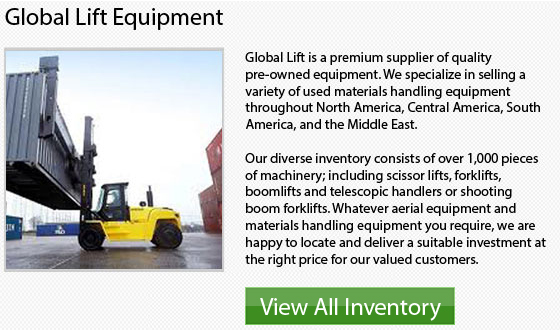
Usually, industrial lifts have been used in manufacturing and production settings to lower and raise work things, people and materials. The scissor lift, also referred to as a table lift, is an industrial lift which has been modified for wholesale and retail environments.
Most consumers who have been shopping in a store late at night have almost certainly seen a scissor lift, even though they do not realize they have. Basically, the scissor lift is a platform with wheels that performs similar to a forklift. In a non-industrial type of setting, the scissor lift is ideal for completing jobs that require the mobility or speed and moving of individuals and supplies above ground level.
The scissor lift is a unique equipment in that it does not utilize a straight support in order to raise employees into the air. Instead, the scissor lift platform rises when the folding and linked supports under it draw together, making the equipment stretch upward. Once the equipment is extended, the scissor lift reaches about from 6.4 to 18.8 meters or 21 to 62 feet above ground. This depends on the model's size and the purpose.
The rough terrain scissor lifts can either be powered by an electric motor or by hydraulics, although, it could be a bumpy ride for the employee inside the lift going to the top. The design of the scissor lift keeps it from traveling with a constant velocity, as opposed to traveling faster during the middle of its journey or traveling slower with more extension.
The RT of rough terrain class of scissor lift are a very popular class of lift. RT units would typically feature increased power of the IC or internal combustion engine. The variations come in gas, petrol, combinations or diesel. This is considered necessary to handle the increased weights and steeper grades of 18 to 22 degrees that are normally connected with this particular class of scissor lift.